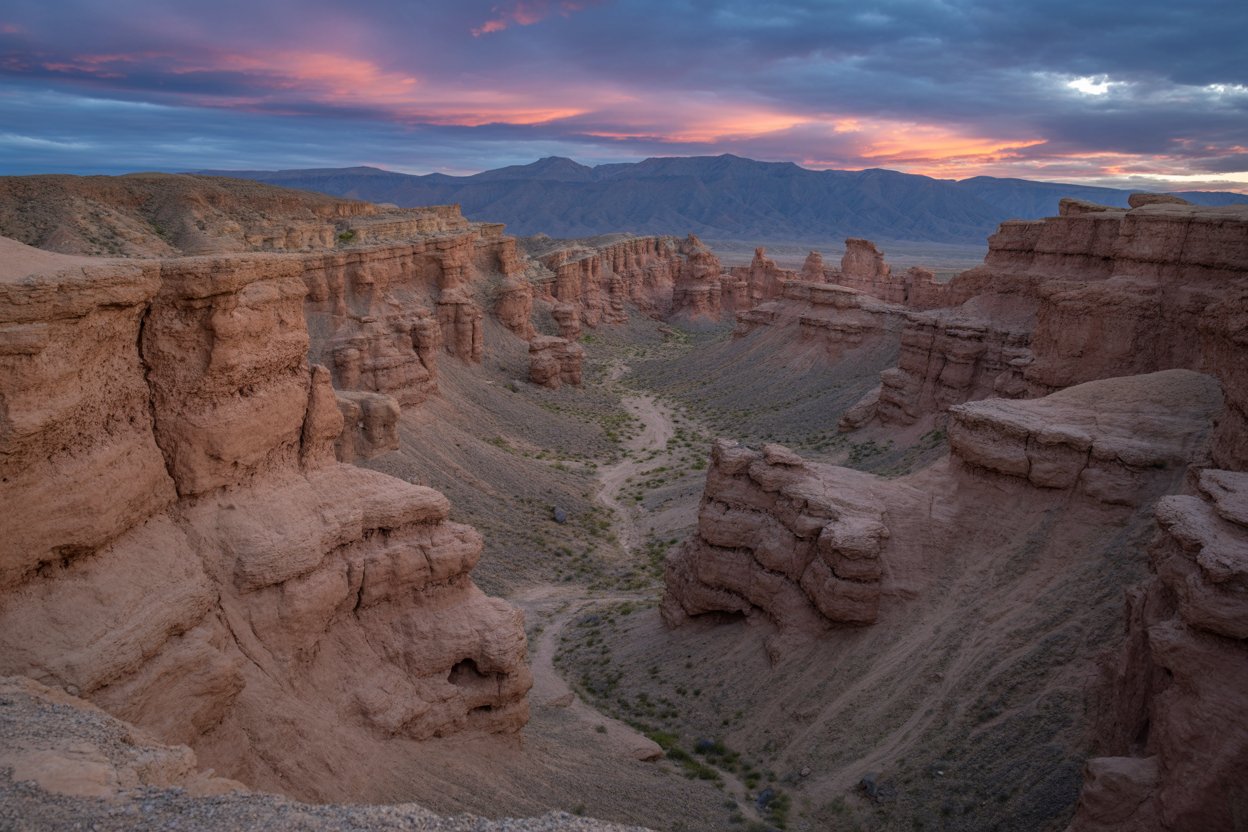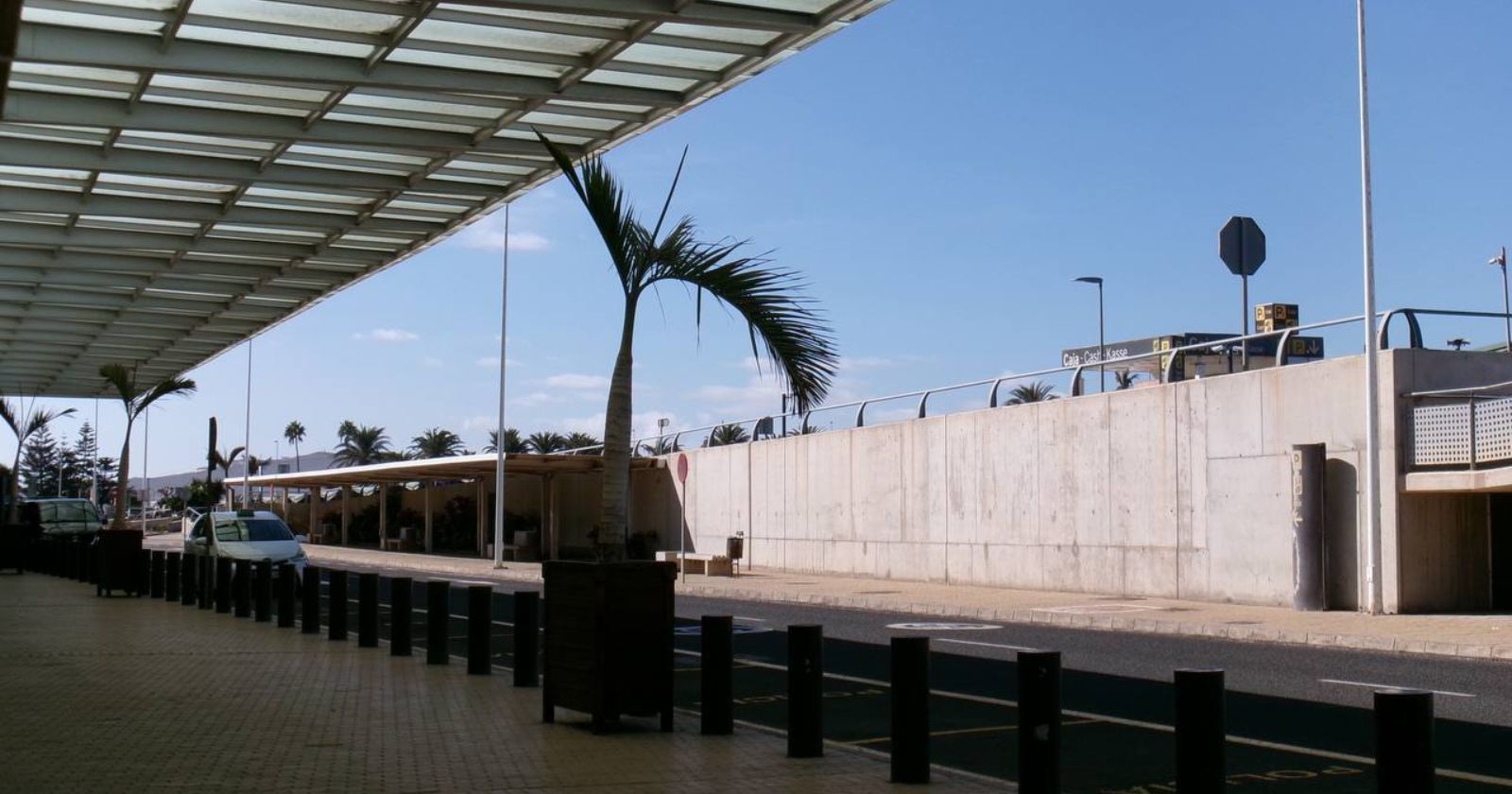Namibia Joins Rwanda, South Africa, Tanzania, Botswana as Eco-Tourism Booms, The New African Travel Trend Everyone’s Talking About

Published on
November 12, 2025

A new wave of eco-tourism is sweeping across the African continent, and it’s impossible to ignore. Namibia joins Rwanda, South Africa, Tanzania, and Botswana at the forefront of this booming travel revolution, setting a new standard for sustainability and purpose-driven exploration. Yet they are not alone. Across Kenya, Uganda, Ethiopia, Ghana, and Morocco, the rhythm of green travel is growing stronger, creating an interconnected movement that’s redefining how the world experiences Africa.
From the vast, sun-scorched deserts of Namibia to the lush, emerald rainforests of Rwanda, from the golden savannahs of Tanzania to the wildlife-rich deltas of Botswana, the story is the same: travellers are seeking authenticity, balance, and meaning. South Africa’s vibrant blend of culture and conservation is inspiring change, while Kenya’s community-run conservancies are showing how tourism can empower rather than exploit. Meanwhile, Uganda’s gorilla trekking and Ethiopia’s heritage circuits prove that conservation and culture can coexist beautifully. Ghana’s powerful heritage tourism and Morocco’s desert eco-camps demonstrate that sustainable travel is not just possible — it’s profitable, too.
This booming African travel trend is about more than destinations; it’s about transformation. Governments, conservationists, and communities are working together to protect fragile ecosystems while unlocking economic growth. Namibia has championed community conservancies that give locals ownership of wildlife tourism. Rwanda has perfected the art of “high-value, low-volume” travel, ensuring every visit benefits both people and planet. South Africa is embedding green incentives into national policy, and Tanzania is linking its famed national parks to community livelihoods. Botswana, true to its conservation-first ethos, limits visitor numbers to preserve the purity of its wilderness.
Elsewhere, Kenya and Uganda are innovating through local partnerships and conservation-led safaris. Ethiopia is merging heritage with sustainability, Ghana is promoting responsible remembrance through cultural tourism, and Morocco is balancing modern infrastructure with traditional stewardship.
Together, these ten nations are shaping the eco-tourism boom that’s captivating the globe — the new African travel trend everyone’s talking about. It’s not about more tourists; it’s about better tourism. It’s about journeys that give back, adventures that sustain, and a continent proving that the future of travel is proudly green, deeply human, and unmistakably African.
The Impact of Travel and Tourism — Africa’s Triple Dividend
Tourism in Africa is more than an industry; it is an ecosystem that binds economy, ecology, and identity. Its impact can be felt in three profound ways:
Economic Powerhouse
In Kenya, Tanzania, and South Africa, tourism injects billions into GDPs and sustains millions of jobs — from hoteliers to park rangers. As nations pivot towards high-value, low-volume tourism, they’re earning more per visitor while easing the strain on fragile habitats.
Conservation Finance
In Rwanda, each gorilla trekking permit funds conservation and community development. In Namibia, community conservancies reinvest profits into wildlife protection. Tourism has become nature’s ally, turning visitors into vital sources of environmental finance.
Cultural Connection
Beyond economics, sustainable tourism safeguards cultural identity — from Berber traditions in Morocco’s Atlas Mountains to the ancient stories of Ethiopia’s Lalibela. Yet, the challenge remains: to ensure benefits are shared fairly. As Tanzania’s experience shows, sustainability must include social justice as well as ecological care.

Kenya — Where Conservancies Redefine the Safari
Kenya, the birthplace of the modern safari, is leading a quiet evolution. Across the Maasai Mara and Laikipia Plateau, a network of community conservancies is shifting the balance of power from distant investors to local custodians.
The Kenya Wildlife Conservancies Association (KWCA) supports over 160 conservancies that protect wildlife corridors while generating steady incomes for the Maasai. Visitors staying in eco-lodges here don’t just photograph lions — they directly finance education, healthcare, and grazing management.
Strengths: Established infrastructure, biodiversity, and community involvement.
Risks: Heavy reliance on international tourism and governance enforcement challenges.
Kenya’s model blends economic resilience with community empowerment — a lesson in how coexistence can sustain both livelihoods and landscapes.
Rwanda — The Jewel of High-Value, Low-Volume Tourism
In Rwanda, the Green Travel Revolution wears a velvet glove. Here, the government’s deliberate “high-value, low-volume” policy caps visitor numbers to protect fragile ecosystems while channelling premium fees into conservation.
The iconic Volcanoes National Park is a living symbol of this model. Gorilla trekking permits cost thousands, but the returns are immense: rising gorilla populations, thriving communities, and a reputation for Africa’s cleanest, safest travel experience.
Strengths: Coherent policy, measurable conservation outcomes.
Risks: Vulnerability to economic fluctuations due to niche focus.
Rwanda has proven that fewer tourists can create deeper value — for people, wildlife, and the planet.
Namibia — The World’s Pioneer in Community Conservancies
Long before “sustainable tourism” became a global catchphrase, Namibia had already built it into law. Through its Community-Based Natural Resource Management (CBNRM) programme, rural Namibians gained legal rights to manage and profit from wildlife.
Today, over 80 conservancies cover one-fifth of the country, hosting eco-lodges that generate income, protect desert-adapted species, and give local people a genuine stake in their environment.
Strengths: Legal clarity, global recognition, strong community ownership.
Risks: Increasing droughts and wildfires challenge resilience.
Namibia remains a global template — proof that conservation thrives when it belongs to the people.
South Africa — Policy Depth Meets Green Innovation
South Africa’s tourism story is one of scale and sophistication. The Green Tourism Incentive Programme and National Tourism Sector Strategy embed sustainability across businesses, from Cape Town’s boutique hotels to Kruger’s safari lodges.
National certification schemes reward eco-friendly practices in energy and water use. Meanwhile, township and cultural tours foster inclusion, giving visitors authentic insights into South Africa’s complex identity.
Strengths: Strong institutions and infrastructure.
Risks: Persistent inequality and uneven benefit distribution.
South Africa’s challenge — and opportunity — lies in using its policy depth to ensure that tourism’s benefits reach every community.
Tanzania — Balancing Riches and Rights
Tanzania is home to some of the planet’s greatest natural spectacles — the Serengeti Migration, Ngorongoro Crater, and Zanzibar’s coral reefs. Tourism accounts for a significant share of GDP, but growth must tread carefully.
While eco-tourism is expanding, controversies over land rights have drawn international scrutiny. The lesson is clear: true sustainability must be inclusive — conserving nature without displacing its neighbours.
Strengths: Iconic wildlife and landscapes.
Risks: Governance and human-rights issues affecting donor confidence.
Tanzania stands as both a treasure and a teacher — its riches immense, its responsibilities profound.

Botswana — Luxury, Low-Impact, and Lasting
Few countries embody “less is more” like Botswana. Its strategy is simple but revolutionary: limit visitor numbers, raise prices, and maximise conservation returns. The result is pristine wilderness experiences — from mokoro rides through the Okavango Delta to walking safaris in the Kalahari.
Tourism revenues fund anti-poaching units and local development. Yet, inclusivity remains a watchword; exclusive safaris must evolve to engage more communities in the wealth they create.
Strengths: Conservation-first model and political will.
Risks: Risk of social exclusivity in high-end markets.
Botswana’s approach proves that protection and prosperity can walk hand in hand — lightly.
Uganda — Primate Tourism with a Human Heart
In Uganda, the forest whispers of change. Around Bwindi Impenetrable National Park, gorilla trekking is more than a wildlife encounter — it’s a community lifeline. A portion of each permit funds schools, clinics, and enterprise projects.
Supported by UN and EU programmes, Uganda is nurturing local tourism operators and diversifying beyond primate tourism into cultural and adventure circuits.
Strengths: Biodiversity and engaged international support.
Risks: Infrastructure deficits and market concentration.
Uganda’s tourism is both ecological and emotional — where every sighting sustains a family, and every journey protects a forest.
Ethiopia — Heritage as a Path to Sustainability
Ethiopia’s soul lies in its stories — from the rock-hewn churches of Lalibela to the obelisks of Aksum. Here, cultural heritage is the anchor of sustainable tourism, attracting visitors seeking depth and meaning.
The government’s Tourism Development Master Plan links heritage preservation with local employment, empowering artisans and guides.
Strengths: Unique cultural depth.
Risks: Political instability and infrastructure gaps.
Ethiopia’s challenge is to preserve its past while building a resilient tourism future — one that keeps its legends alive through living communities.
Ghana — Heritage, Healing, and Hope
In Ghana, the Green Travel Revolution takes a soulful turn. From Cape Coast Castle to Elmina, heritage tourism connects the African diaspora to shared histories of resilience.
The government’s sustainability push, through EU-supported SWITCH programmes, promotes eco-tourism and diversification. Domestic tourism is rising, blending environmental stewardship with cultural pride.
Strengths: Rich cultural heritage and growing domestic travel.
Risks: Limited eco-certification and weak data systems.
Ghana’s story is one of remembrance and renewal — proving that tourism can heal as well as grow.
Morocco — Sustainability Meets Modern Ambition
Morocco’s tourism is a dance between tradition and transformation. While its cities — Marrakech, Agadir, Fez — attract millions, the government is steering investment towards eco-tourism in the Atlas Mountains and Sahara.
Sustainability goals now infuse the country’s infrastructure plans, linking renewable energy, local sourcing, and cultural authenticity.
Strengths: Connectivity, infrastructure, and ambitious planning.
Risks: Mass-tourism pressures on heritage and ecosystems.
Morocco’s challenge is to balance modern growth with ancient wisdom — to ensure that progress does not erase its poetry.
Measuring the Movement — Tracking Africa’s Green Revolution
Success depends on visibility and accountability. Nations are now tracking:
- Visitor value (average spend and stay length)
- Local revenue retention (percentage of park fees shared with communities)
- Employment and enterprise growth
- Carbon and waste footprints per bed night
- Social safeguards and grievance mechanisms
Transparent reporting transforms sustainability from aspiration to evidence.
Financing the Future — Making Green Pay
Africa’s Green Travel Revolution thrives where money meets meaning:
- Namibia’s conservancies link donor, private, and community finance.
- South Africa’s green incentives de-risk eco-investments.
- Rwanda’s high-value permits generate conservation funding.
- Blended finance models are unlocking sustainable infrastructure continent-wide.
When every dollar aligns with ecological and social outcomes, tourism becomes a renewable economic engine.
Challenges and Lessons Ahead
Even revolutions need realism. Key challenges persist:
- Social licence — projects must protect rights and representation.
- Climate volatility — fires and droughts threaten gains.
- Data gaps — without measurement, progress remains invisible.
- Overreliance on niche products can expose vulnerabilities.
The lesson Sustainability is not a destination but a discipline.

As the sun sets over the golden plains of Africa, one truth shines brighter than ever — the eco-tourism boom is real, and it is reshaping the future of travel. Namibia joins Rwanda, South Africa, Tanzania, and Botswana in leading this remarkable transformation. Together with Kenya, Uganda, Ethiopia, Ghana, and Morocco, these nations are writing a new story for the continent — a story where travel is not just about seeing the world but about saving it.
The new African travel trend everyone’s talking about is not built on luxury resorts or crowded safaris. It’s built on respect — for the land, for the people, and for the wildlife that defines Africa’s soul. Namibia’s community conservancies continue to prove that empowering locals leads to stronger conservation. Rwanda’s high-value, low-volume model safeguards its mountain gorillas while boosting community prosperity. South Africa’s green incentive programmes are turning sustainability into smart economics. Tanzania’s protected parks, Botswana’s pristine deltas, and Kenya’s community-run conservancies all speak to one vision: that tourism and sustainability can walk hand in hand.
At the same time, Uganda’s primate tourism, Ethiopia’s cultural routes, Ghana’s heritage experiences, and Morocco’s eco-desert escapes add diversity and depth to this booming eco-tourism movement. Every country is contributing its own rhythm to Africa’s symphony of sustainable travel. Together, they are proving that the continent’s beauty can fuel both conservation and commerce without compromise.
However, the journey doesn’t end here. For the eco-tourism boom to last, Africa must continue investing in green infrastructure, fair community partnerships, and transparent data systems. The lessons from Namibia, Rwanda, South Africa, Tanzania, and Botswana show that success depends on more than policies — it depends on people. Local communities must remain at the centre, ensuring that the benefits of tourism flow back to those who protect the land.
In the end, the new African travel trend everyone’s talking about is more than a trend — it’s a movement of hope. It’s proof that eco-tourism can be both ethical and exciting, both profitable and purposeful. When travellers choose to explore Africa consciously, they become part of its renewal. And as Namibia joins Rwanda, South Africa, Tanzania, and Botswana in this booming travel revolution, the message to the world is clear: Africa is not just a destination — it’s the future of sustainable travel.
link






